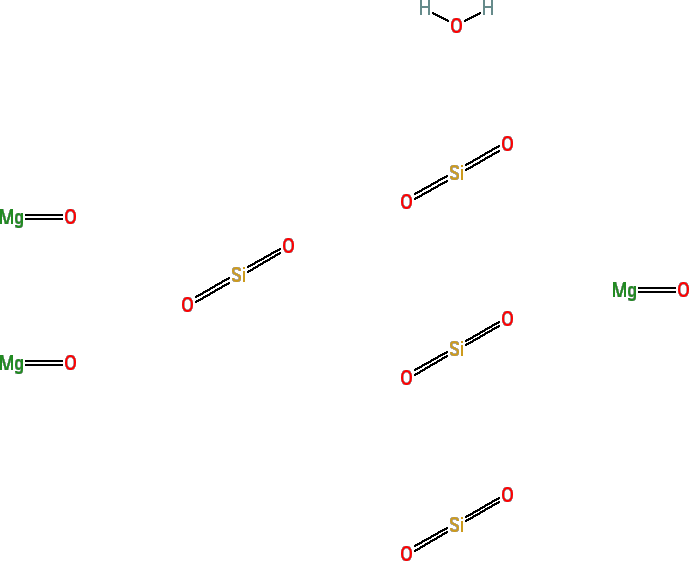Talc
Safety Information
Expert Panel for Cosmetic Ingredient Safety
The safety of Talc has been assessed by the Cosmetic Ingredient Review (CIR) Expert Panel. The CIR Expert Panel evaluated the scientific data and concluded that Talc was safe as used in cosmetics and personal care products. The Food and Drug Administration (FDA) has reviewed the safety of Talc, also known as magnesium silicate, and determined that is it Generally Recognized As Safe (GRAS) for use in food as an anticaking agent. It is also on the list of GRAS substances for use in cotton and cotton fabrics and paper and paperboard used for food packaging. Talc is permitted as an indirect food additive as a colorant in polymers, and as a colorant in drugs. The FDA also allows Talc to be used as an inactive ingredient in pharmaceutical products.
The CIR Expert Panel reviewed data only on Talc that does not contain asbestos fiber. They noted that in early studies, some of the methods used to measure asbestos in Talc were not interpreted correctly, leading to incorrect conclusions that high levels of asbestos were present in Talc. They noted a recent FDA study that did not find any asbestos in cosmetic Talc samples or in the Talc containing products that were analyzed. The CIR Expert Panel reviewed a study that found that rats that breathed high concentrations of Talc developed lung tumors. They concluded that the carcinogenic effect was a result of particle overload of the lungs and that the use of Talc in cosmetic products would not result in exposure high enough to exceed the ability of the lungs to remove the particles.The CIR Expert Panel also reviewed numerous studies that examined the association between Talc (or powder) use and ovarian cancer, and they considered whether or not particles including Talc could be transported to the ovaries. They noted that in many studies the powder used was not sufficiently identified. The CIR Expert Panel considered that there is no known mechanism by which Talc can migrate from the perineum to the ovaries, and concluded that the studies reviewed do not indicate that exposure to Talc causes ovarian cancer. The CIR Expert Panel also reviewed a number of cases in which subjects in which the top layers of the skin (epidermis) had been removed developed granulomas (nodules of cells from the immune system called macrophages). Based on these cases, the CIR Expert Panel cautioned that Talc should not to be used on skin where the epidermal barrier has been removed or on skin with burns of second degree or greater. Based on the information reviewed, the CIR Expert Panel concluded that Talc is safe as used in cosmetics and personal care products.
The EU Cosmetic Regulation allows Talc to be used in cosmetic products and requires a caution statement to ensure safe use for children under three years of age to address potential over-inhalation (see Annex III). The Joint FAO/WHO Expert Committee on Food Additives has determined that it is not necessary to establish a limit for the acceptable daily intake of Talc in food.
